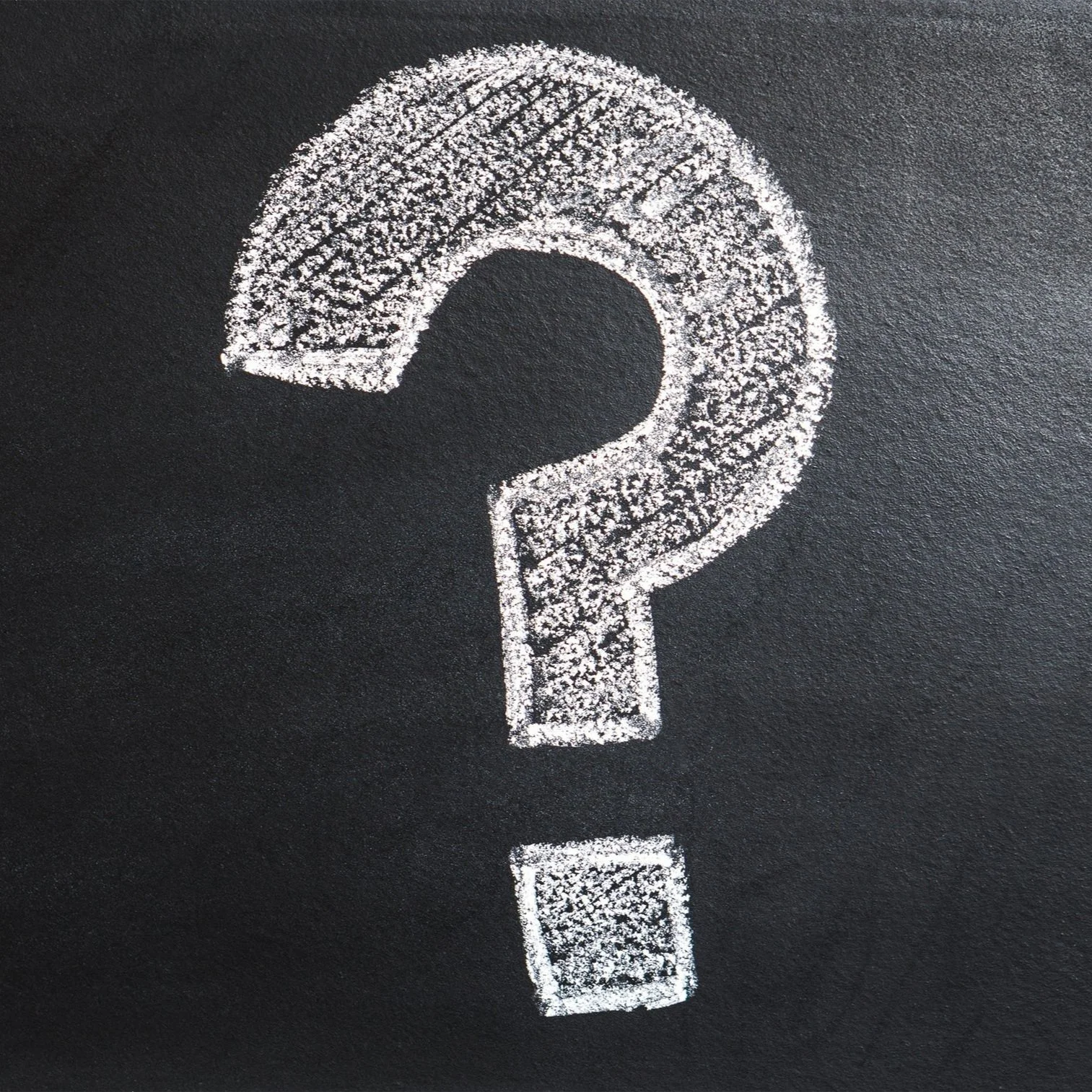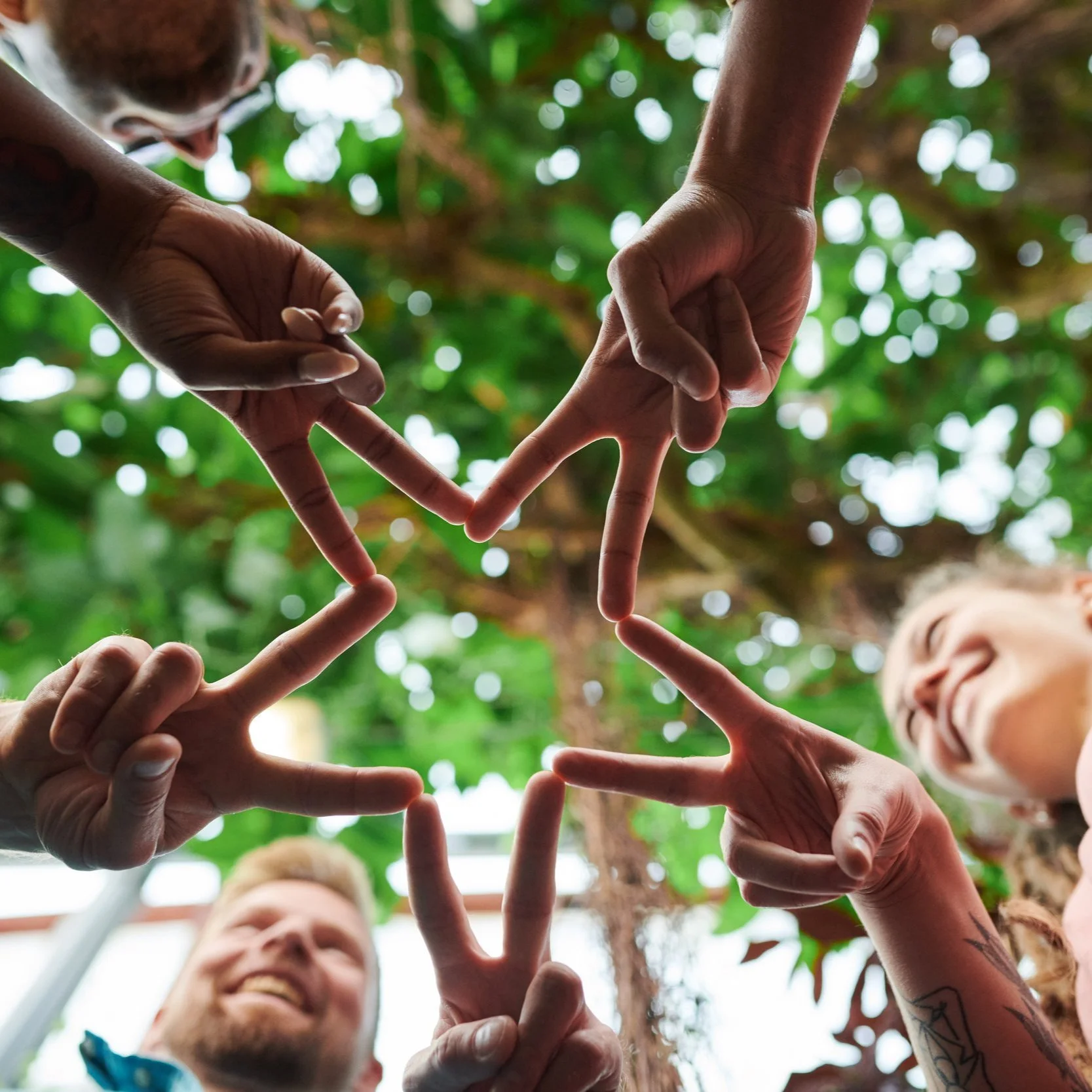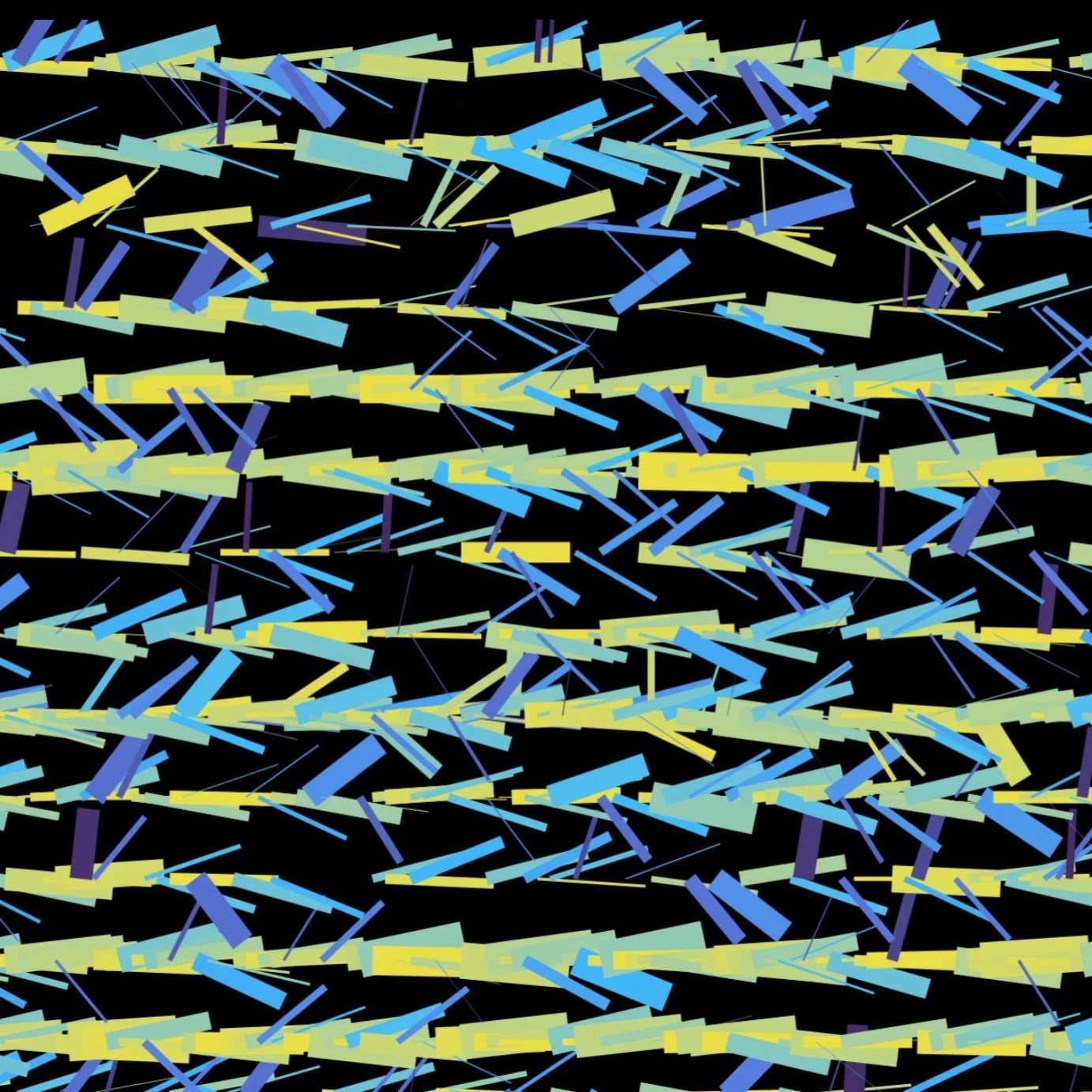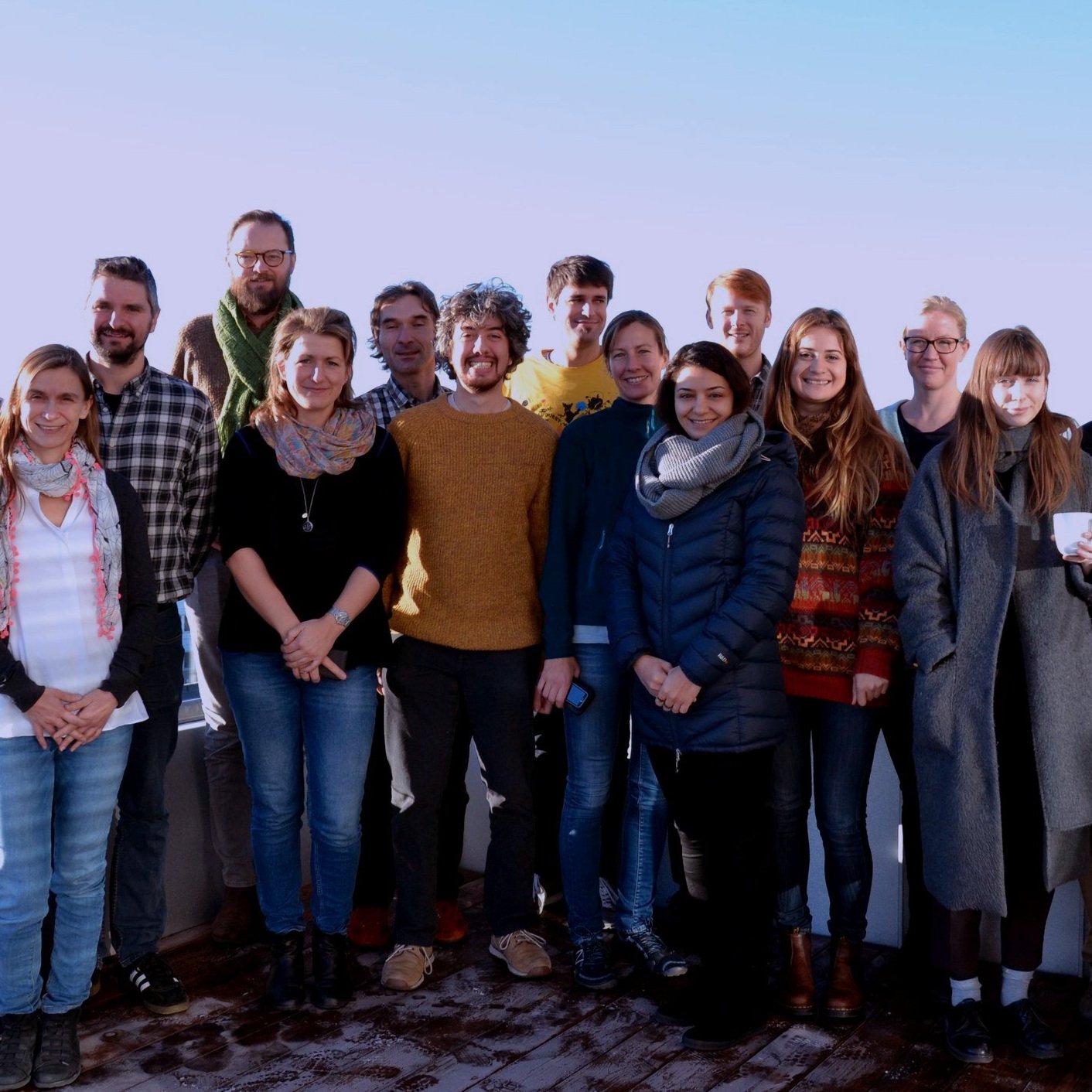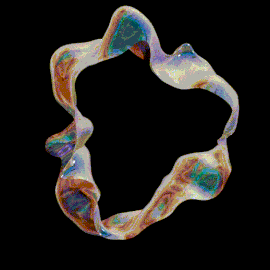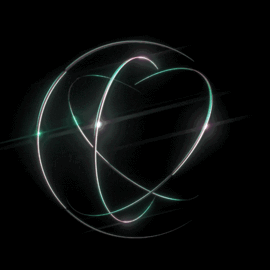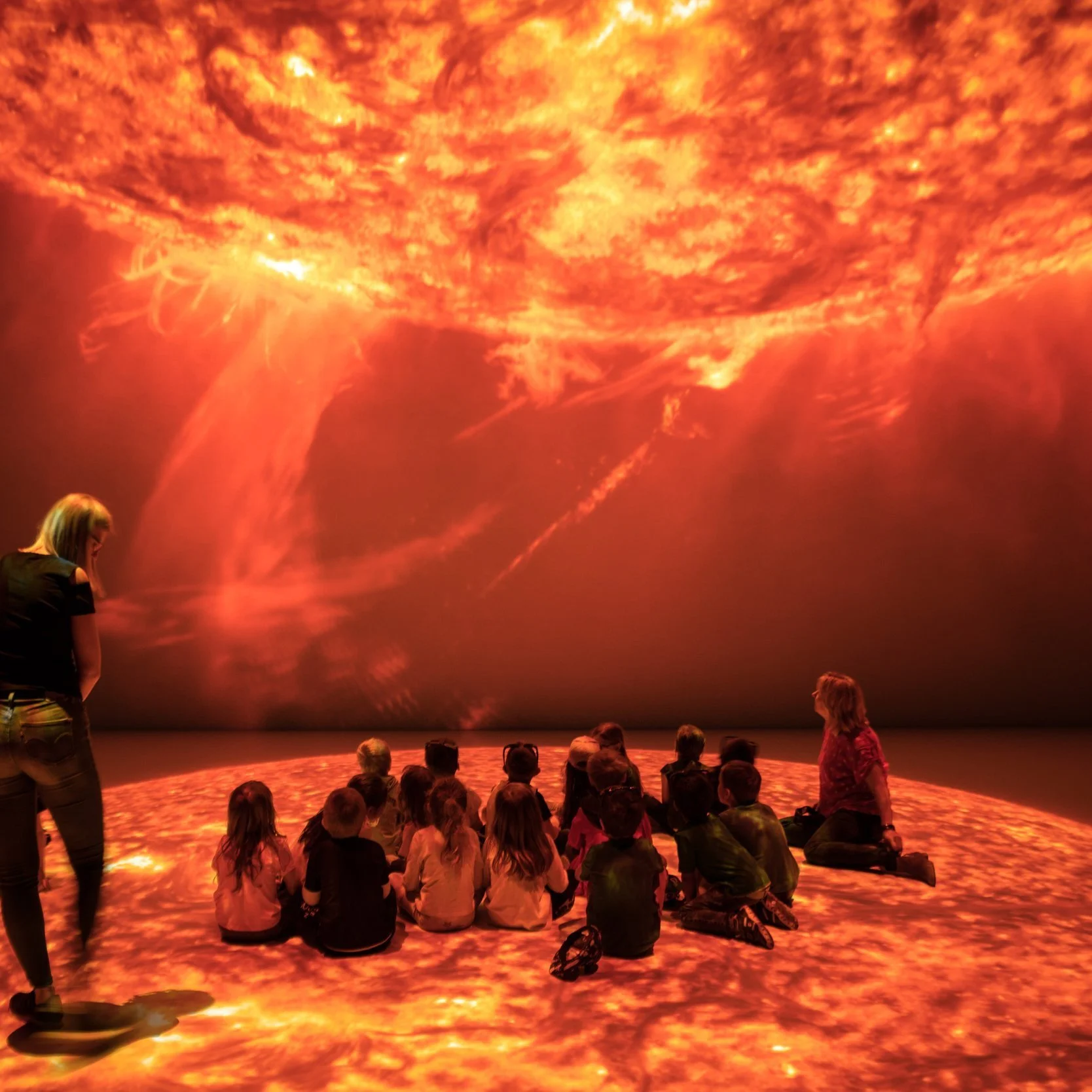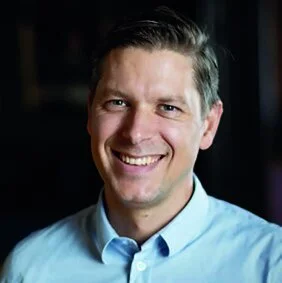– To build a large and vibrant community, that will be able to use ESS when it is put into use, we need to create arenas for collaboration and knowledge exchange. It is also important to push people into start exploring the techniques so we can grow the community even more.
– Today, almost all neutron users also use x-rays but it is not the opposite way around yet. This is something we are working towards, because theoretically it should not be that difficult to take the steps into neutrons.
Not least is it important for researchers, especially new users to strike up collaborations with the scientists that operate the instruments at the ESS says Martin Sahlberg. These scientists have great technical and research knowledge of value to all of the community.
– There is so much happening in neutron research at the moment that we need to capitalise on. Personally, I think the development towards new ways to collect data in “event mode” opens up a lot of new possibilities. The developments of 2D diffraction techniques are also interesting, as well as the possibilities offered by machine learning.
The next Swedish Neutron Conference, in 2022, will take place physically. For that event, Martin Sahlberg hopes that even more people will join than this year.
– In spite of digital formats being more inclusive, there’s also a need to meet in person, to discuss and have more informal discussions. I also hope that we will be able to conduct physical experiments next year. I have missed that aspect of research immensely! he concludes.
About Martin Sahlberg and SwedNess
Martin Sahlberg is a professor at the Department of Chemistry at Uppsala University and Director of SwedNess. SwedNess is a graduate school providing research training in neutron scattering and is operated by six Swedish universities, with the aim to strengthen Sweden's long-term competence and competitiveness within the area. The school is fully funded by The Swedish Foundation for Strategic Research (SSF).
Read more about SwedNess at SwedNess website


